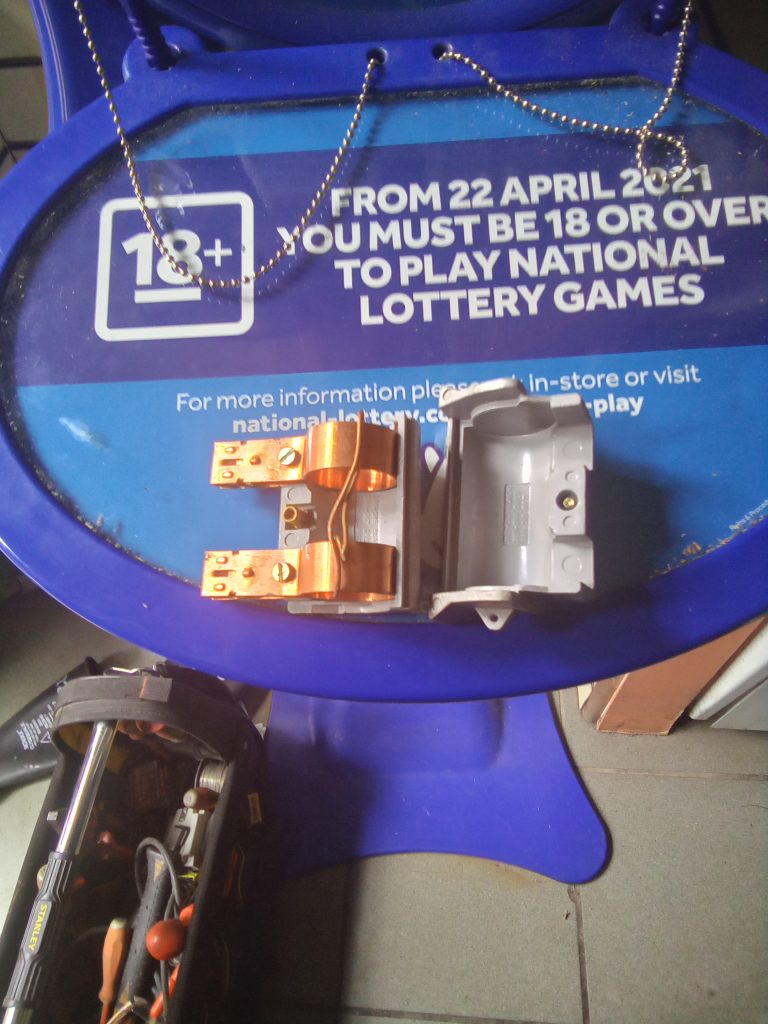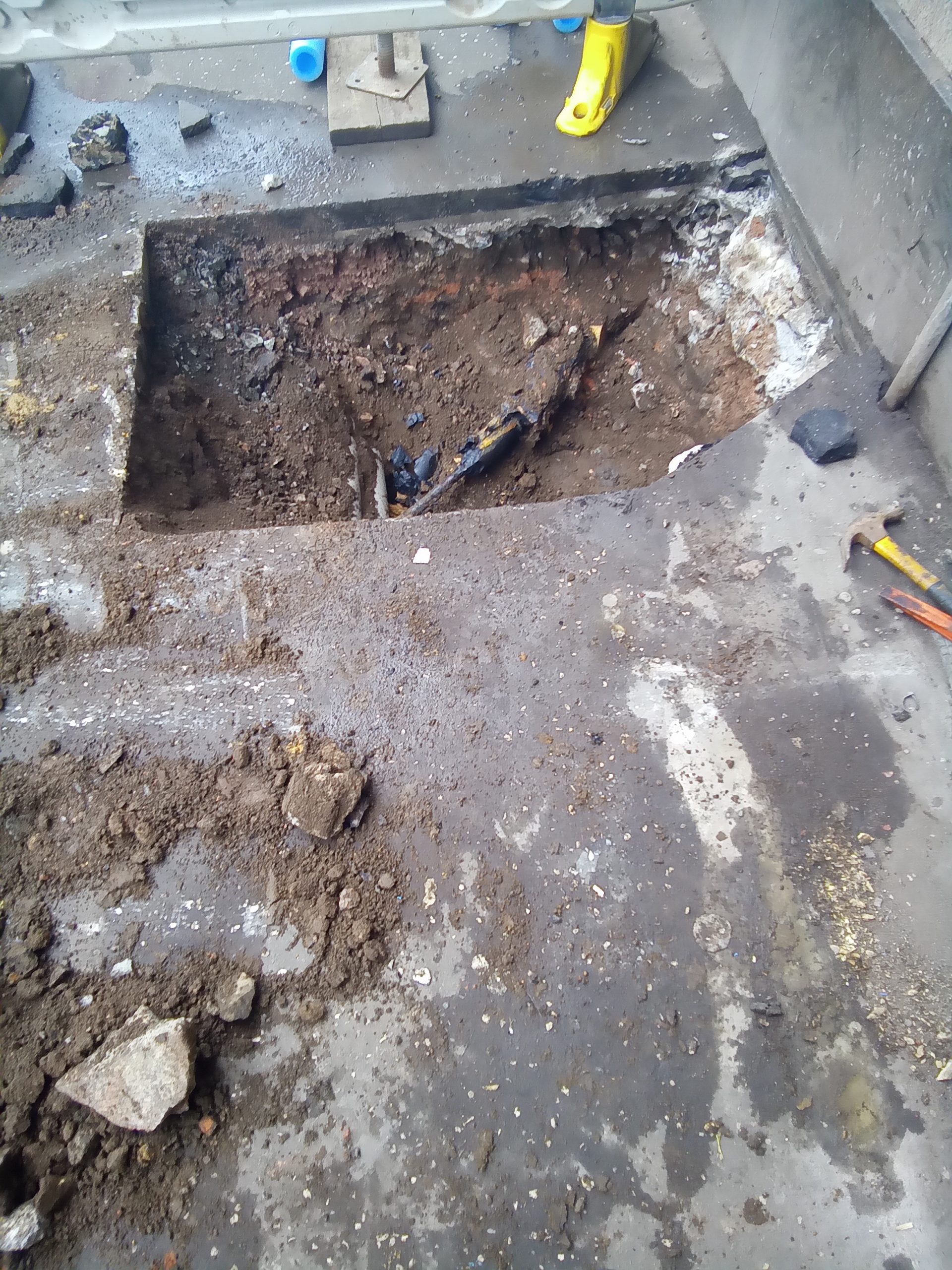DEBT – DE-ENERGISED – DETECT
By Sarah Hetherington

The link between Debt Warrant and Revenue Protection
As we are aware there are different ways to detect theft of Gas and Electricity.
From our data, we analysed the link between a Debt Warrant execution, where the outcome was that the meter was de-energised, and meter being tampered. This is the quickest method to stop a customer from consuming more energy. The fuse is simply removed meaning the supply is no longer in use, this also means the customer will not incur more debt. This method is useful for ease to put the supply back on. It also stops assets being removed and replaced and reduces costs. The
negative side to a simple de-energisation is that it is easy to illegally put the supply back on. Purchasing meter parts – fuses and tails are readily available online.
Field teams and agents making calls and visits are the main ways to identify tamper.
22% of customers re- energising is alarmingly high. If we look at the percentage, of the properties which were occupied at the point of de-energisation, over 20% of properties are more likely to tamper.
There is a clear connection to the debt collection path and the theft detection strategy. We need to use this information to identify theft and tamper.
The most common tamper
technique discovered with a
de-energisation is a substitute
fuse replacement. This tamper
can result in voltage overload
where the fuse can melt and
can ultimately lead to a fire
hazard!
Based on our data over the
last 6 months 22% of SME
accounts, where the meter
was De-energised at Debt
Warrant, ends in meter
tamper.


Copper
wiring used to
illegally reenergise
meter

Pavement dug
up to access
live cable
supply
Case Study
Outcome of the re visit from Debt Warrant de-energisation.
The property was closed when attending at Debt Warrant. This
property was particularly difficult to gain access to, as the
electric roller shutter mechanism was internally cased, so a
specialist locksmith was required.
On entry it was identified that there was a tamper and the
DNO was called. The DNO arrived within 2 hours. It assessed
the tamper and deemed it as a CAT A.
The meter was located in the shop, in a concealed cupboard.
The fuses, which has been removed on the Debt Warrant, had
been replaced with copper wiring to re-energise. The fuses
were hot to the touch, and it was deemed a high Health &
Safety threat. The DNO engineer removed the meter and tails.
They then arranged for an additional third party to proceed to
pot-end the supply. Two engineers arrived and dug up the
pavement right outside the property. They cut the live supply
cable and removed power from site. The site now has no
electric supply or meter. The DNO put barriers around the
hole and will come back to site to seal the hole on the
pavement.

Case Study – Timeline of an account from initial visit to Pot-End



• After looking at the stats – should we remove the meter on site and seal the tails when the property is occupied when we execute a Debt Warrant to prevent potential tamper?
• Should it be compulsory to re-visit site after de-energising or changing a meter?
• Is it me or does it seem that Electricity and Gas safety inspections are no longer a process we actively complete on utility meters?




